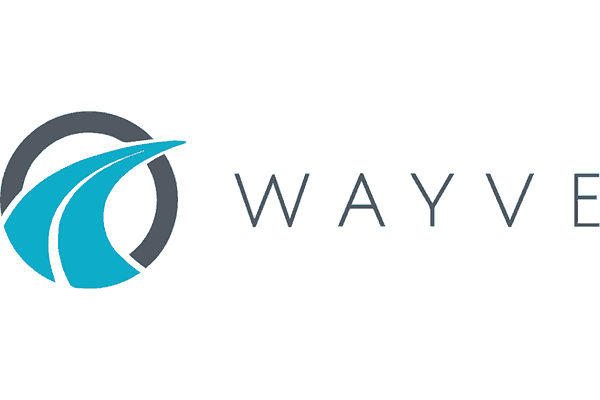A third way to monetise may be about to emerge.
- Microsoft’s pricing scheme for Windows 10 has yet to be released but it looks like it will have to rely on a new way to monetise if it is to make money from the smaller sized screen segment.
- There are three ways to make money from the mobile ecosystem but only two of them have so far been shown to work well.
- First: Monetisation through device pricing.
- This is by far the most effective way to make money from an ecosystem, but it is also the riskiest.
- The idea here is to have an ecosystem that is exclusive to a certain range of devices.
- If the ecosystem is highly desirable then users will pay a premium price for the hardware in order to get access to the ecosystem.
- This will deliver by far the greatest financial reward but it is also fraught with risk.
- If the devices lose their differentiation or desirability then the device maker will quickly enter a death spiral of declining share and margins, probably ending up in loss making territory.
- Furthermore, it is more difficult to see revenue growth from this method given the rapidly slowing growth in device markets.
- Apple is currently the king of this method with Xiaomi, Sony and Microsoft also attempting to take this route.
- Second: Monetisation through advertising.
- This is the most common mechanism employed by ecosystem players.
- Here, Digital Life services are offered to users in return for the right to use their personal data to sell targeted advertising to marketers.
- This method is very popular with users, the majority of whom think they are getting the services for free.
- This method delivers much less in terms of revenues and profits but I think that it is a much less risky method of monetisation.
- For example RFM estimates that Google generates around $24 per Android user over the 2 year life of an Android device far less than Apple at around $600.
- This method is less risky because great Digital Life services are much stickier than devices and there are much greater switching costs involved.
- Google is currently the king of this method but Facebook, Yahoo!, Baidu, Twitter and many others are also making a good living in this way.
- Third: Monetisation through subscription.
- There are no clear examples of this method but I think that both Microsoft and Amazon may end up taking this route.
- This method involves charging users a monthly fee for Digital Life services instead of targeting them with advertising.
- This has the advantage of being able to offer users privacy and security, free from annoying advertising, but getting users to pay for something they think they can get for free elsewhere is extremely difficult.
- This is why this model has yet to really emerge in a meaningful way.
- (This commentary excludes services like Spotify or Netflix where users pay for specific content).
- Amazon has made a start on this by bundling Amazon Prime with its free shipping option for $99 a year but has yet see any meaningful traction.
- Amazon’s thinking around its ecosystem and device strategy remains very muddled and I am not optimistic that much is going to change in the short term.
- With Windows now being offered for free on screen sizes of 7 inches and below, there is the possibility that Microsoft will also take this route when it announces its pricing for Windows 10 early in 2015E.
- Microsoft already has some precedent here with subscriptions being charged for premium functionality on Xbox, Office 365 and Skype.
- Consequently, I would not be surprised to see Microsoft announce a bundle of services on Windows 10 aimed at consumers for a small fee per month.
- If the Digital Life services are good enough then I think that there is space for this method to work but it will have to work hard to win against an ecosystem that users perceive is for free.
- I think that there is plenty of space in the market for all three of these mechanisms to flourish as they cater to different user preferences.
- With ecosystem numbers likely to continue growing nicely even as device shipments slow, Microsoft and Google are likely to see better growth than Apple.
- Apple still looks attractive in the short-term based on the iPhone 6 product cycle but the longer term growth picture looks better for Google and Microsoft.









Blog Comments
Eli Edwards
February 7, 2015 at 11:33 am
Excellent writing, i did read it two times so sorry for this,
i have passed it on to my mates, so confidently they should enjoy it as well.